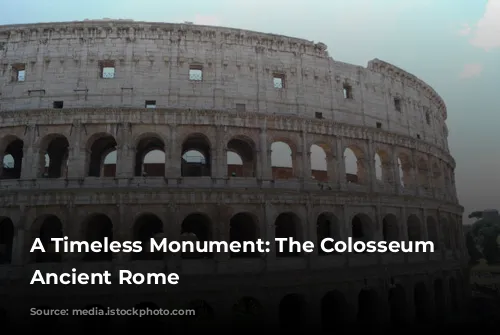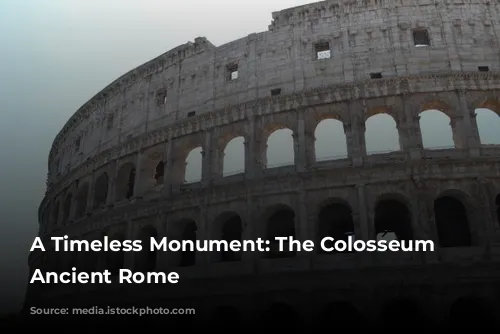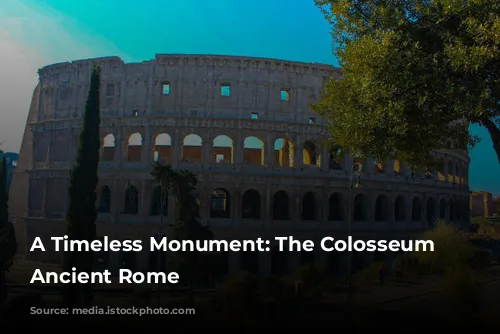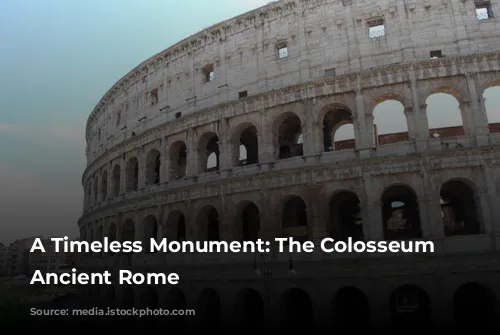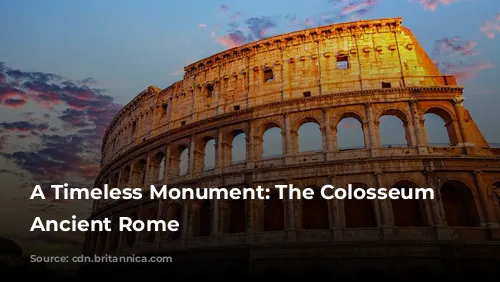The Colosseum, standing as a colossus among the ruins of ancient Rome, is a testament to the architectural brilliance and engineering prowess of the Roman Empire. This majestic amphitheater is not only a symbol of a bygone era but also a major contributor to Italy’s tourism revenue. In 2018, the Colosseum, along with the Roman Forum and Palatine Hill, attracted millions of visitors, generating over $63.3 million (€53.8 million) in revenue, making it the most lucrative tourist attraction in all of Italy.
A Journey Through Time: From Glory to Ruin and Back
The Colosseum, once a bustling center of entertainment, suffered a slow decline after the fall of the Western Roman Empire. For centuries, it was abandoned and neglected, its grandeur fading into obscurity. The 12th century saw the amphitheater repurposed by the Frangipane and Annibaldi families as their fortress, a far cry from its original purpose. The late 15th century brought further neglect, with Pope Alexander VI allowing the Colosseum to be used as a stone quarry. Its once majestic stones were stripped and reused, leaving the structure in a deteriorated state.
However, after over a thousand years of neglect, the Colosseum received much-needed restoration efforts beginning in the 1990s. The monument’s significance was finally recognized, and state-funded projects began to preserve and restore this iconic landmark.
A Birth from Chaos: The Colosseum Rises
The Colosseum was conceived as a symbol of imperial power and Roman dominance, built to reinvigorate the city of Rome after the tumultuous year of the four emperors in 69 CE. Emperor Vespasian, eager to reestablish order and unity, envisioned the Colosseum as a grand entertainment venue, a place to captivate and entertain the Roman populace. The arena was designed to host a spectacular array of events, including gladiatorial combats, animal hunts, and even mock naval battles.
The Colosseum Takes Shape: Construction and Dedication
Construction of the Colosseum commenced under Vespasian’s rule between 70 and 72 CE. His son and successor, Titus, dedicated the completed structure in 80 CE with a magnificent 100-day festival. The Colosseum’s final touch, the fourth story, was added in 82 CE by Emperor Domitian. The construction of the arena was financed by the spoils of war, namely the wealth acquired from Titus’s sack of Jerusalem in 70 CE. Sadly, the construction also relied upon the labor of enslaved Jews from Judea.
A Marvel of Engineering: The Colosseum Revealed
The Colosseum stands as a remarkable feat of Roman engineering, a testament to the empire’s skill in construction and design. It is an elliptical structure built of stone, concrete, and tuff, towering four stories high. The vast arena, measuring 620 by 513 feet (189 by 156 meters), could accommodate as many as 50,000 spectators, eager to witness the spectacles within its walls. The Colosseum was renowned for its gladiatorial combats, a bloody and brutal form of entertainment that captivated the Roman populace.
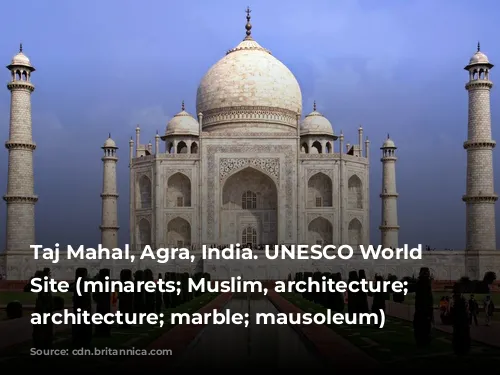
A Symbol of Power: The Colosseum’s Location
The Colosseum was strategically located, directly east of the Palatine Hill, on the site of Nero’s infamous Golden House. The luxurious artificial lake that once adorned Nero’s palace was drained and transformed, making way for the Colosseum. This decision was both practical and symbolic, as Vespasian chose to replace the tyrant’s extravagance with a monumental public space, a place for the people of Rome.
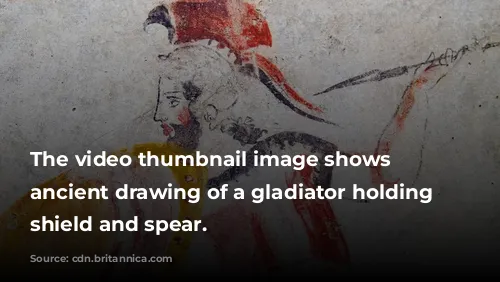
A Masterpiece of Architecture: The Colosseum’s Design
The Colosseum stands apart from earlier amphitheaters, which were often built into hillsides for extra support. This monumental structure was a freestanding marvel of stone and concrete, constructed with a complex system of barrel vaults and groin vaults. The arena boasts three stories, each adorned with arches framed by columns in the Doric, Ionic, and Corinthian orders, a testament to the Romans’ skill in architecture and design. The Colosseum’s rising arrangement of columns later inspired the Renaissance codification of the assemblage of orders, a significant contribution to the evolution of architectural principles.
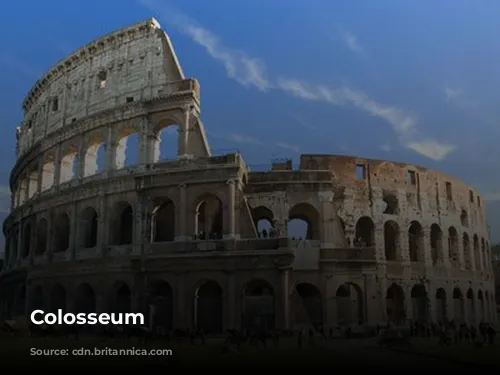
A Glimpse into the Past: The Colosseum’s Interior
The Colosseum was a carefully designed space, built to ensure the comfort and enjoyment of its spectators. A massive retractable awning, known as a velarium, provided shade from the scorching Roman sun. Supporting masts extended from corbels, built into the top story of the arena, and hundreds of Roman sailors were responsible for manipulating the rigging, extending and retracting the velarium, a feat of engineering and logistics that speaks to the Romans’ ingenuity.
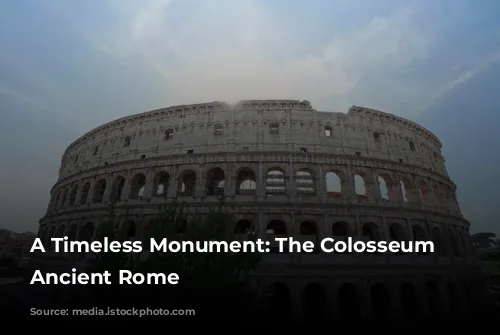
The Colosseum’s Legacy: A Tapestry of Events
The Colosseum was the epicenter of entertainment for centuries, hosting a vast array of spectacles. Gladiatorial combats, where skilled warriors fought for survival and glory, captivated the crowds. The arena also witnessed battles between men and animals, a showcase of human bravery and animal ferocity. Even mock naval battles, staged in the arena’s flooded floor, thrilled the Roman populace, showcasing the Empire’s creative prowess and theatrical flair. While it is uncertain whether the arena was the site of early Christian martyrdoms, the Colosseum’s history is deeply intertwined with the evolution of Roman society and culture.
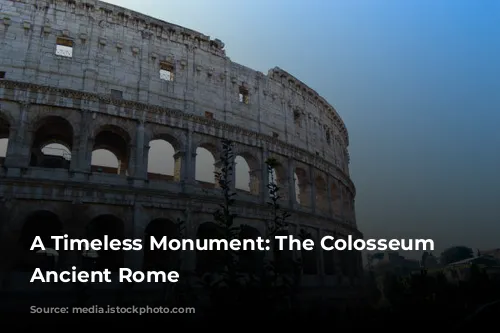
The Colosseum’s Evolution: From Glory to Restoration
As the Roman Empire declined, the Colosseum faced its own period of decay. It was repurposed as a church, then served as a fortress for prominent Roman families, the Frangipane and the Annibaldi. The arena was damaged by natural disasters, including lightning strikes and earthquakes, and further ravaged by vandalism and pollution. Over a thousand years of neglect stripped the arena of its marble seats and decorative materials, transforming the majestic structure into a stone quarry, a stark contrast to its former glory.
The 19th century brought a renewed appreciation for the Colosseum, with notable preservation efforts led by Pius VIII. A major restoration project commenced in the 1990s, marking a significant step towards preserving this iconic landmark for future generations.
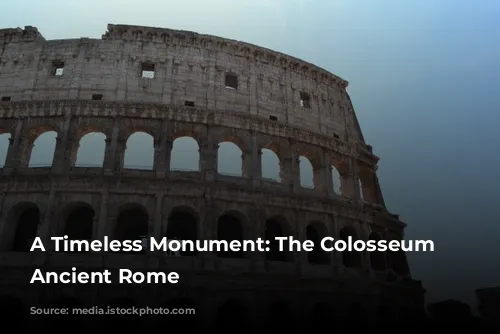
The Colosseum Today: A Timeless Treasure
The Colosseum continues to draw millions of visitors each year, eager to witness the grandeur of this ancient monument. It remains one of Rome’s most popular tourist attractions, a testament to the enduring power of history and the fascination with ancient civilizations. The Colosseum stands as a symbol of Roman ingenuity, a window into the past, and a reminder of the cultural legacy of the Roman Empire. Today, changing exhibitions relating to the culture of ancient Rome are regularly mounted, further enriching the visitor experience and bringing the Colosseum’s history to life.
